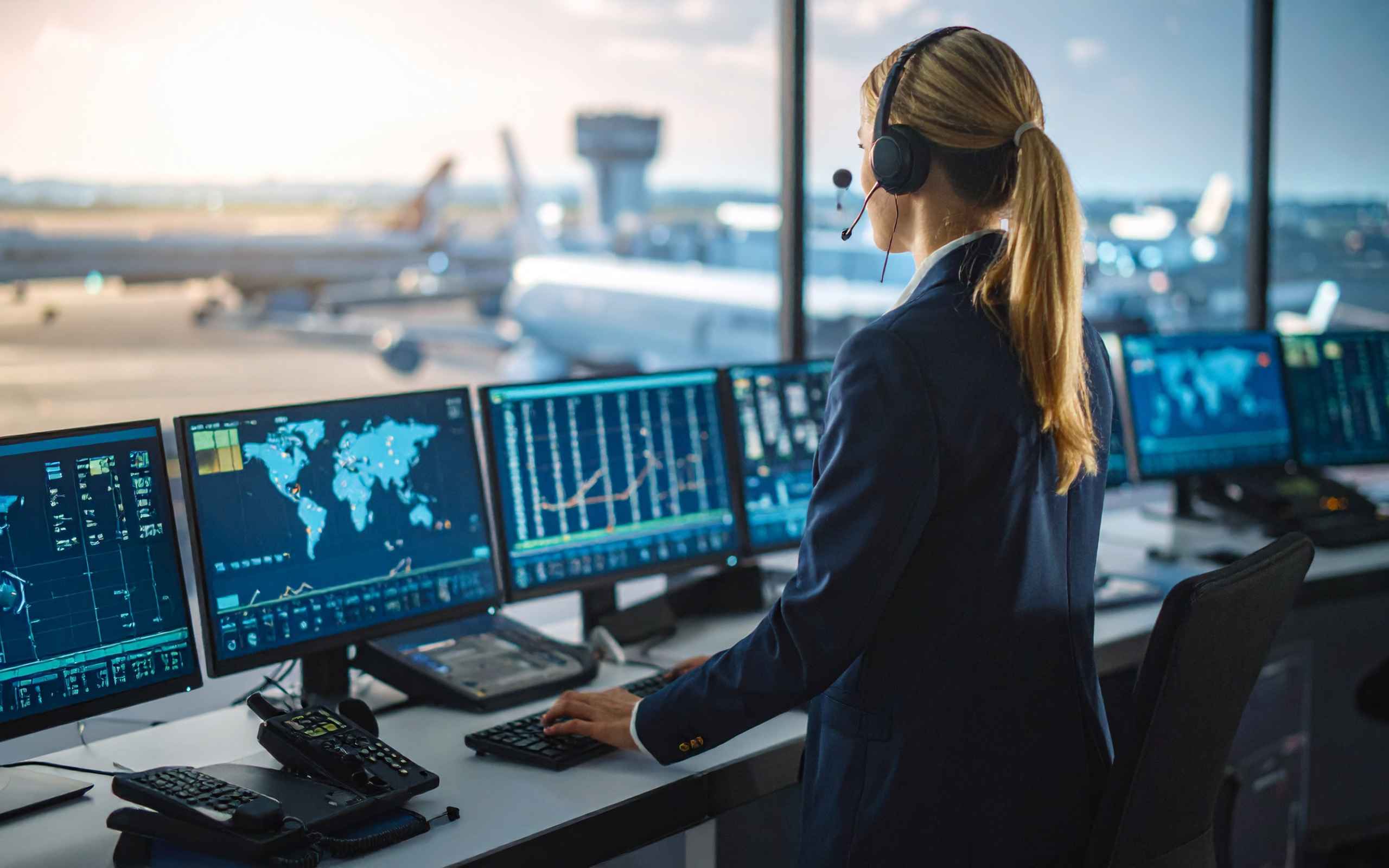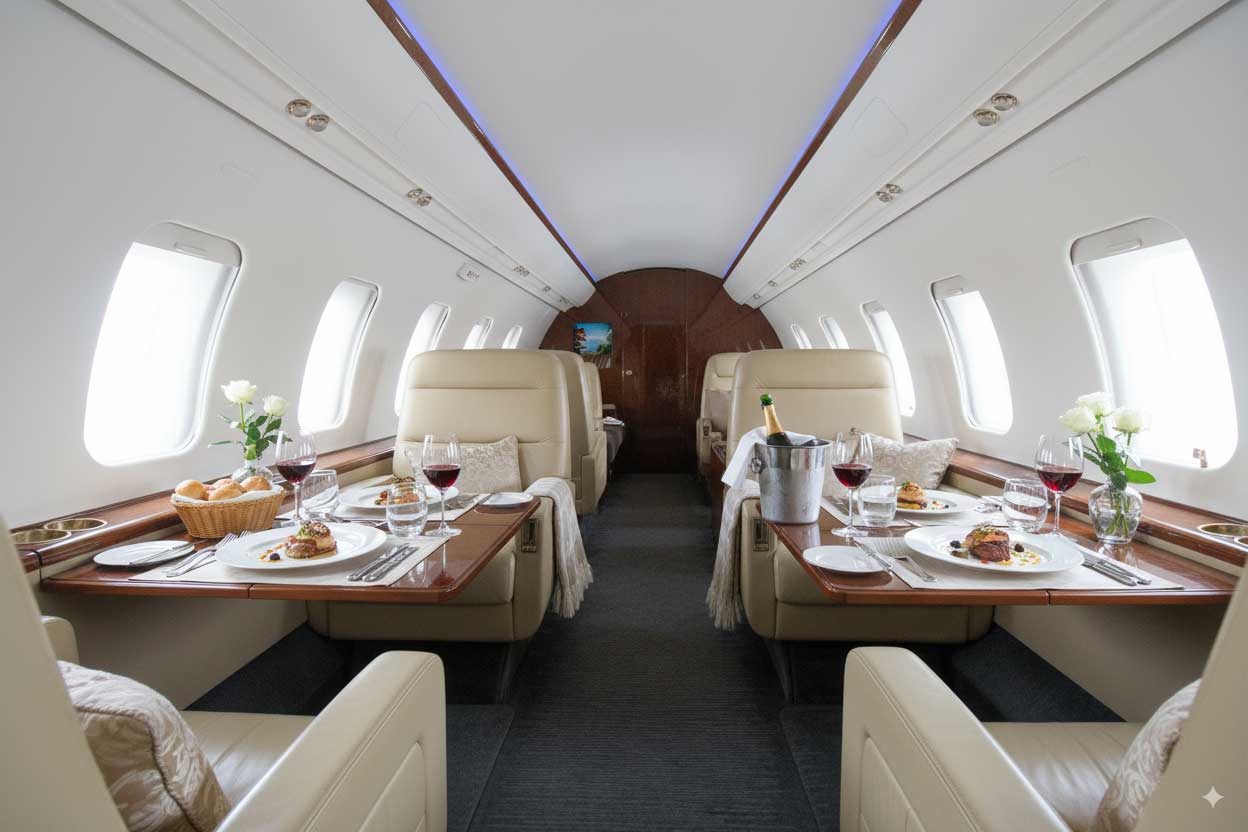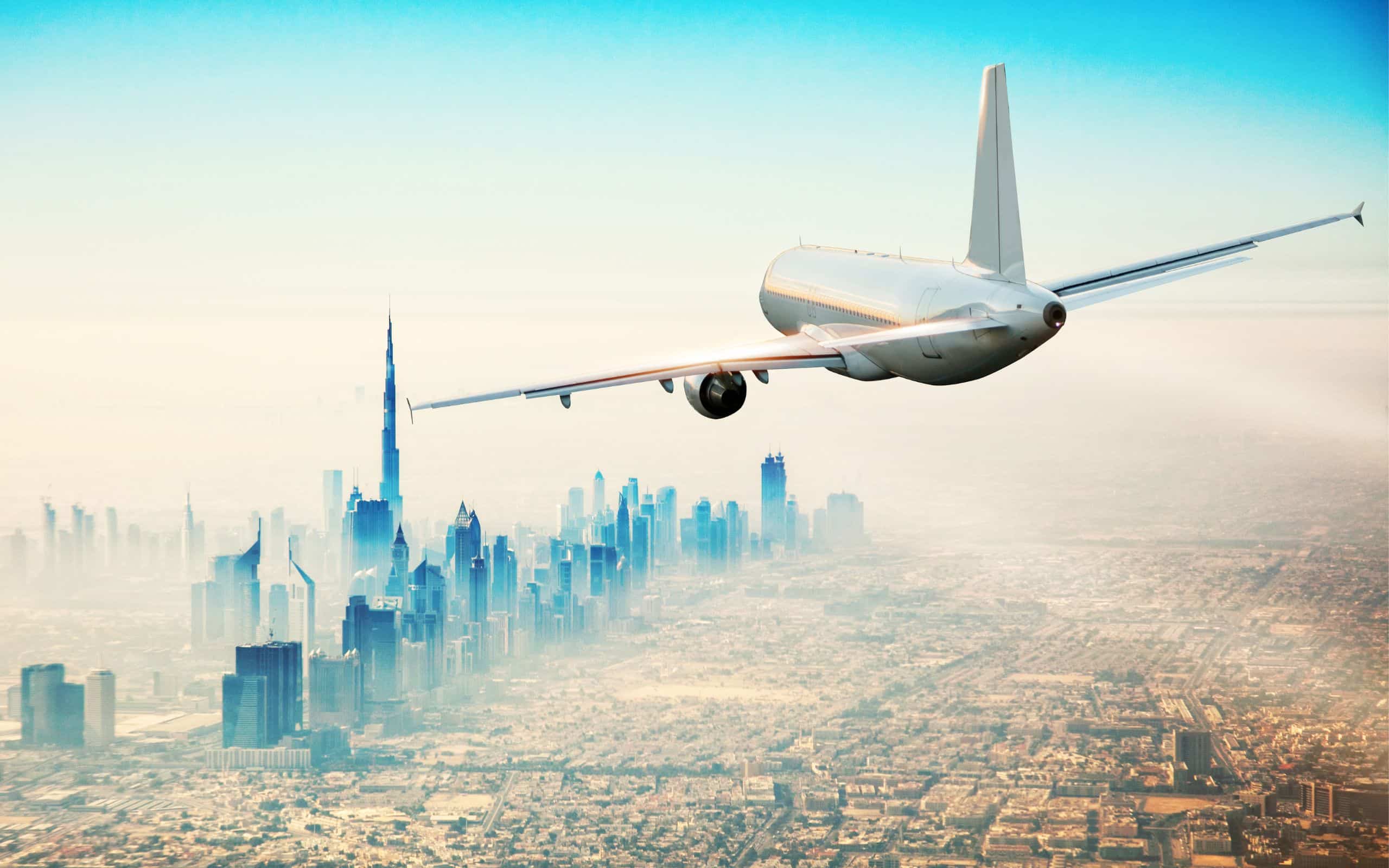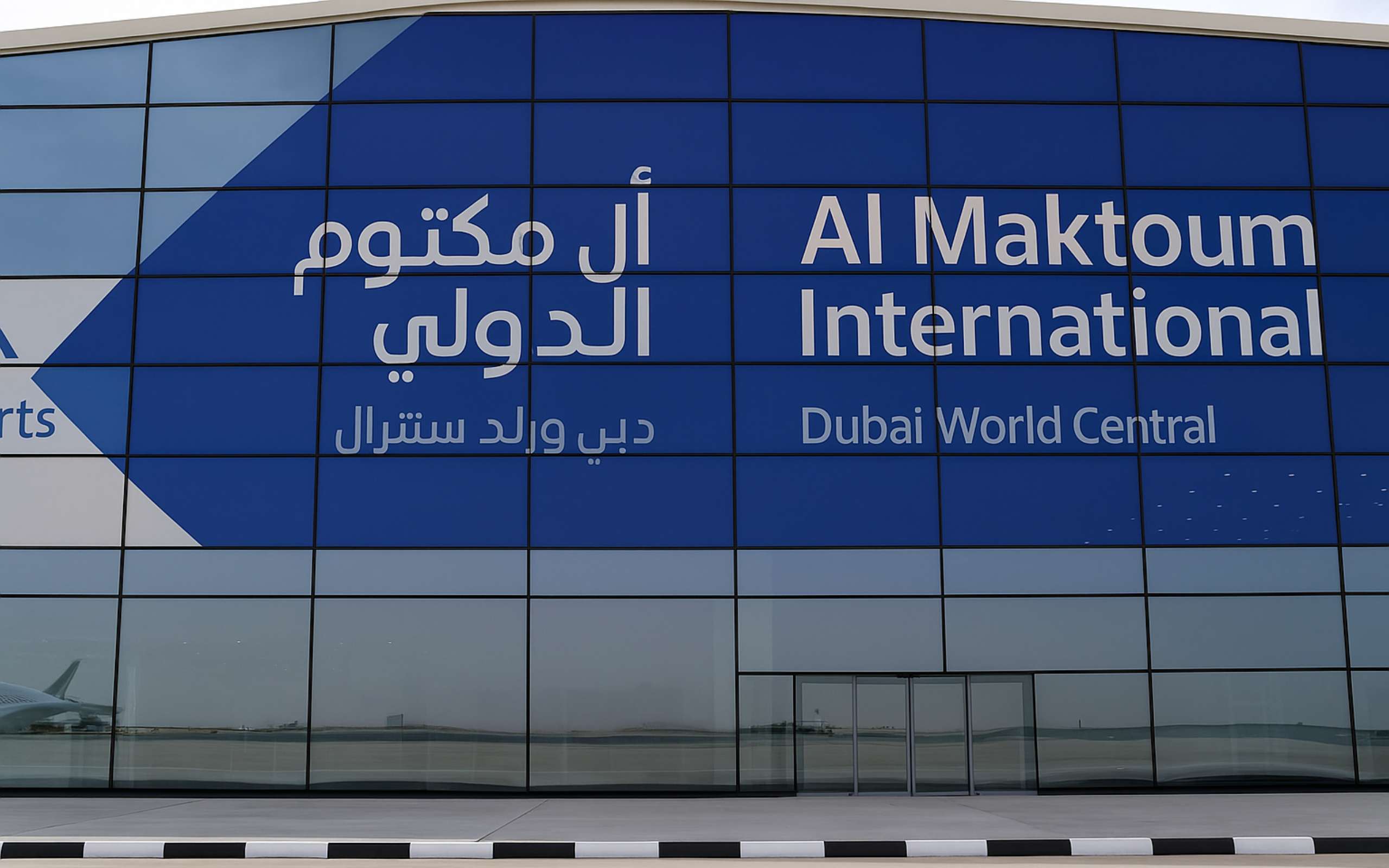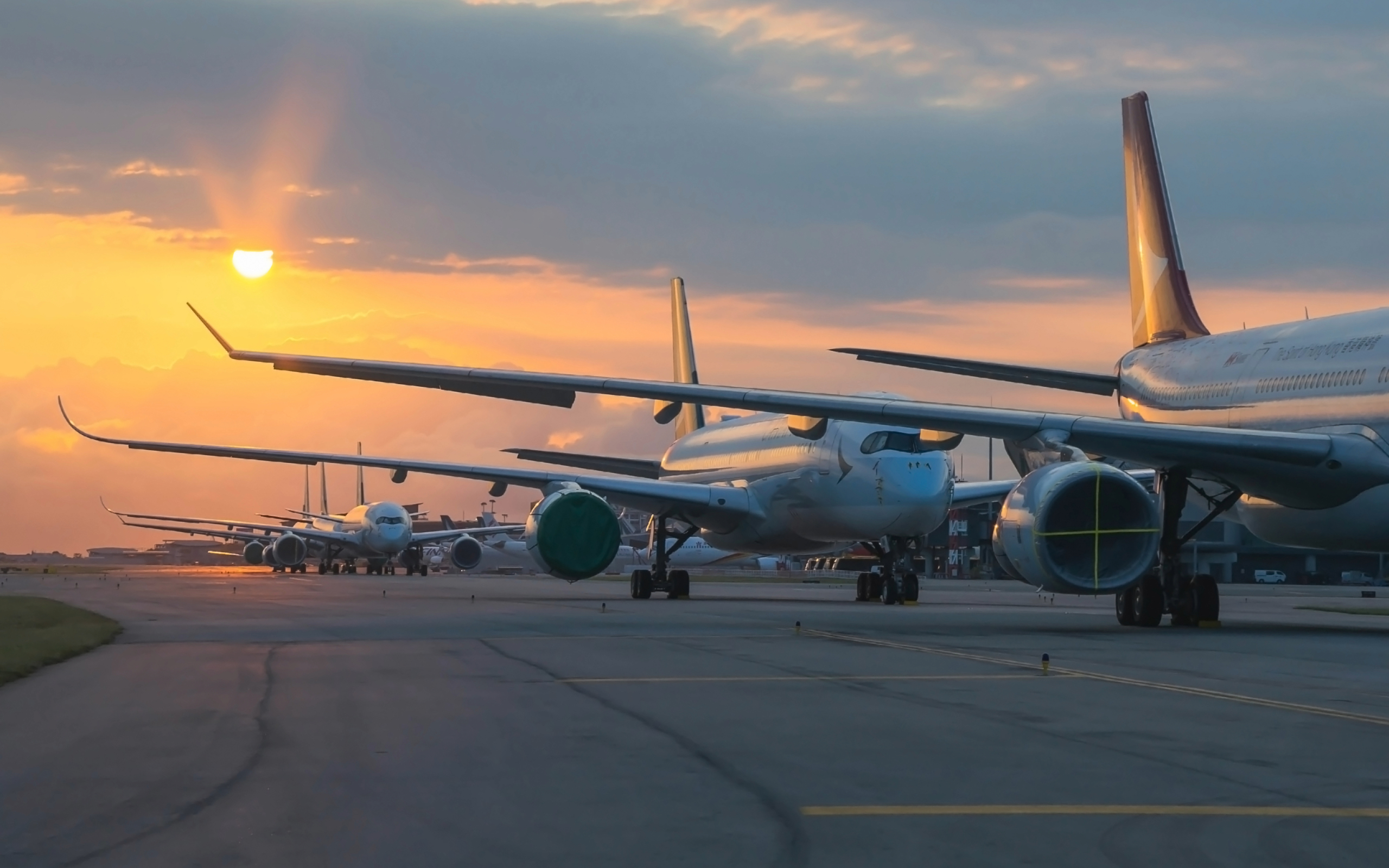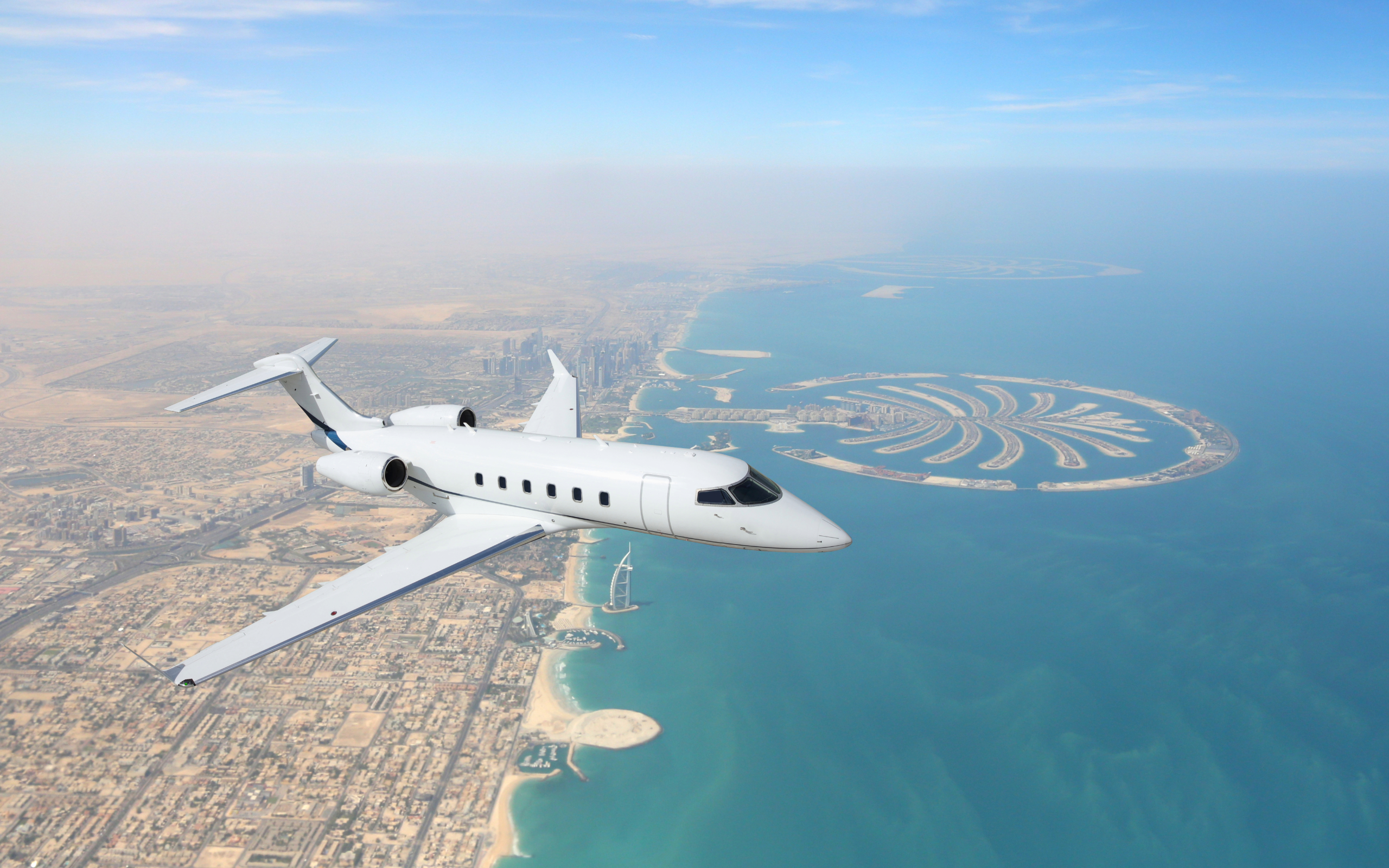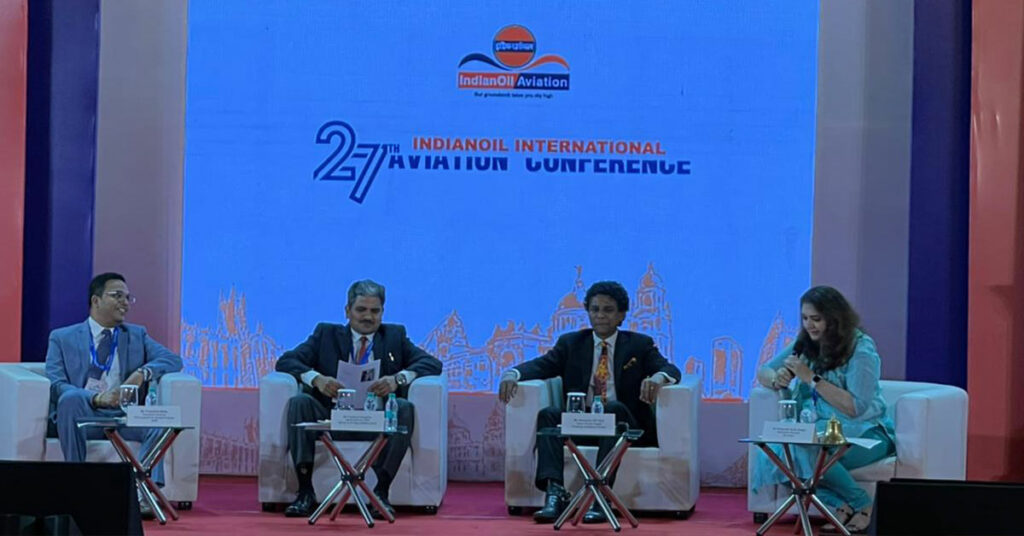
The Biggest and the Longest Shock to Hit Aviation: Post Pandemic Airline Industry
All previous “shocks” cut 5%-20% from the demand & recovered in 6-18 months.
COVID-19 diminished nearly 90% of demand at the peak & still going strong 24 months

Industry Was on Ventilator – With Life Support (Financial Aid)
- Although “financial aid” is against liberal open market economic policies of many of the world states, many states queued up to support the industry; “one time-last time” principle.
- Industry received an unprecedented financial support of USD 243 Billion by various means; i.e. wage subsidies, loans, cash injections, guarantees…etc.
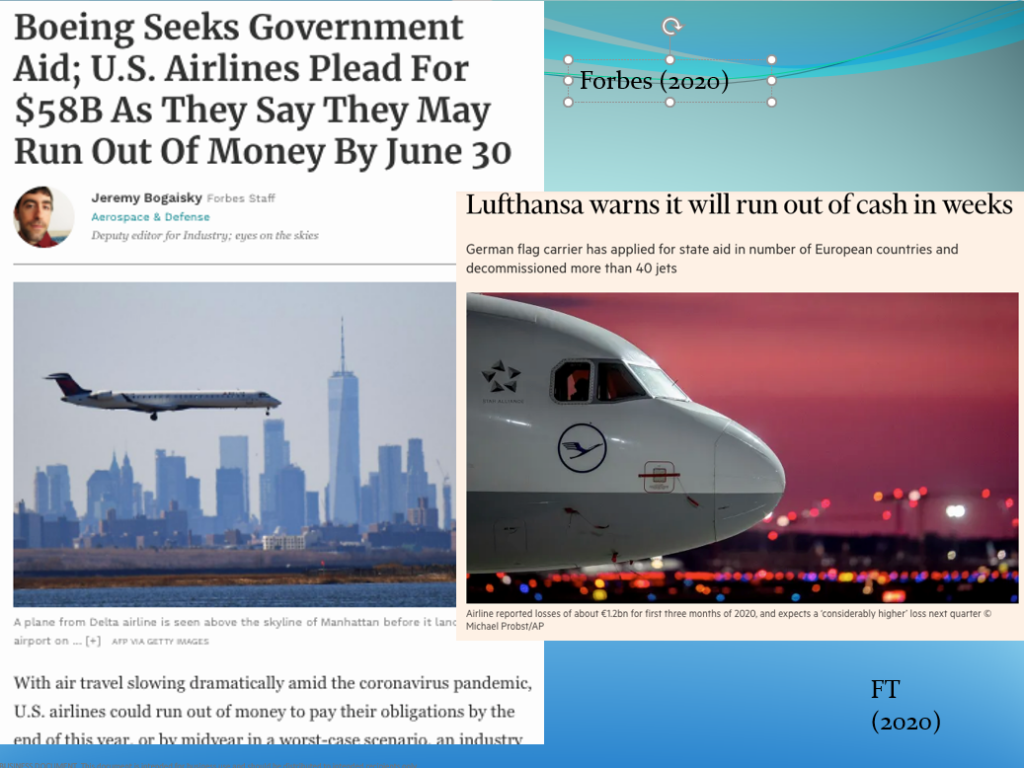
Looking at the sky said it all – 2019 vs 2020

COVID-19 and Airline Industry Dynamics
- Ended a decade’s record of consecutive profitability.
- Industry recorded a staggering loss of 137.7 billion USD in 2020 & 51.8 billion USD in 2021.

- Massive grounding of fleets across the world created new challenges & increased insurance claims.
- Ex: Thunderstorms in Texas in May 2021 pelted down golf ball‑sized hail. This sparked fears of damage among several grounded aircraft.
- Aircraft require frequent maintenance inputs while parked. This maintains their airworthiness. This need has led to a significant increase in accidents/incidents involving parked/stored aircraft.
- Over 450,000 jobs were lost within the airline industry due to COVID-19 economic impact. This was a reduction of over 15% of the total airline employment
- Increase of air rage; a significant increase in unruly passengers on board resulting in fatigue created by COVID-19-related restrictions/mask mandates.


A Silver Lining, During the Pandemic – AIR FREIGHT
- One positive aspect amidst all doom and gloom was the performance of Air Cargo which reported an increase of 7.9% as against pre-pandemic levels which is expected to grow further to 13.2% as against pre-pandemic levels by 2022.

Airlines “HIBERNATED” – During COVID-19 Lockdowns and Restrictions
- Hibernation is essential for animals living in cold climates to preserve their energy while minimizing food/water input.
- Airlines hibernated by grounding fleets, cutting down on routes, and reducing “Fixed Costs” which include aircraft-related costs, salaries…etc & by not flying did not incur “Variable Expenses” associated mainly with operating an aircraft such as fuel, ground handling, en-route costs…etc
- It is the general agreement that 90% of such costs can be saved in the short to mid-term(within 01 year) – (source Doganis 2010). As per IATA; the airlines have cut approx. 46% of the costs whilst losing 60% of the revenue in comparison to pre-Covid period.
- In the same way hibernation saves animals, COVID-19-induced airline hibernation saved the industry.
Did the Airline Industry Actually Hibernate Successfully During the Pandemic?
- Myth; 2020 was a disastrous year for airlines which saw the biggest collapse of airlines since the financial crisis in 2010/2011.
- Fact; Airline failures in 2020 were the lowest since 2016 & in comparison to 07 years since 2014, only higher than 2016 in terms of airline failures. The years 2014, and 2015,2017,2018,2019 saw far more airlines failures than in 2020.

RESURGENCE – of the Industry in 2020/2021 Towards 2022
- In 2021, demand measured in RPK (Revenue Pax Kilometers) stood at 40% across the industry as against pre-pandemic levels. It was expected to increase by 53% to 61% in 2022. This suggests a partial recovery.
- In the year 2021, international demand was at 22% of the pre-pandemic levels. It was expected to double to 44% in 2022.
- Domestic travel accounted for 36% of all global RPKs in 2019. It saw a faster recovery. Thus, it gained a market share of 54% and further increased to 62% in 2021. In 2021, Domestic demand reached 73% of pre-pandemic levels. It is expected to reach 93% in 2022. This suggests a near complete recovery on the domestic segment in 2022.

CHALLENGES – in a Post-Pandemic Era
Business Travel: Post Pandemic Airline Industry
- Leisure trips are expected to recover. They will fuel the resurgence of the industry. However, the majority of the industry’s bread & butter segment, business travel, is expected to lag. This excludes Low-Cost Carriers. As per industry data, business or blesuire(business+leisure) travel amounted to 1.5 trillion USD or 1.7% of the Global GDP.
- Remote work and other flexible working arrangements are likely to remain in some form post-pandemic. People will take fewer corporate trips.
- The pandemic opened the eyes of managers. They realized how much can be effectively achieved by new ways of collaborating, such as video calls. However, these are unlikely to fully replace face‑to‑face interactions.
- Influential economist Ricardo Hausmann (“Why Zoom Can’t Save the World”) provided an estimate. He suggested that a permanent shutdown of international business travel would shrink global gross product by 17%. This would occur by hindering flows of knowledge across borders. Business travel was increasing rapidly before the shutdown. It was growing at three times the rate of global GDP. Direct interaction helps promote innovation, Hausmann notes.

Airline Debt
- Many airlines have had to borrow huge sums of money to stay afloat and cope with high daily cash burn rates. Tapping into state-provided aid, credit lines, and bond issuances, the industry collectively amassed more than $243 billion worth of debt by 2021.
- As visible in the below chart, unless major measures are taken or significant changes in the demand; industry debt could exceed revenue by 2024.
- These costs will need to be recouped. Therefore, we’ll likely see ticket prices rise. By our estimates, this could amount to a rise in ticket prices of about 3 per cent, assuming a ten-year repayment window for only the additional debt taken on.
- Source: McKinsey Analysis

Pilot Shortage
- Since 2011, the world witnessed an increase in passenger numbers of over 10% YOY which outstripped the demand for Pilots as against the supply.
- CAE estimated the world would require 27,000 New Pilots to manage existing demand by the end of 2021 – 264,000 new Pilots across the coming decade.
- Hiring Freezes, furloughs, and lay-offs during the initial phase of the Pandemic exacerbated an already existing situation with Pilots & Air Crew.
- Nearly 40% of the current Pilots are above 50 years of age; approx. 04% retire every year – in the US only approx. 3,000 retirements every year – these positions require replacements apart from above mentioned new demand.
“We were already seeing the effect of pilot shortages on airlines and in general aviation before the pandemic, The demand for aircrews and pilots is reemerging and in less regulated countries, shortages can lead to pilots operating commercial aircraft with limited qualifications and low overall flying time. Dave Warfel, Regional Head of Aviation, at Allianz Global Corporate & Specialty.“
In a Post-Pandemic Era – Pandemic to Endemic – Country-Wise Approach
Most States have now reopened their borders, at least partially, or announced plans to do so. However, almost all countries have implemented extensive requirements that air travellers and airlines must comply with, with little or no coordination between countries or consistency in the measures being applied. (IATA)
Country wise restrictions will continue to impact air travel demand. Continuous restrictions will lead to passenger fatigue thus less air travel.

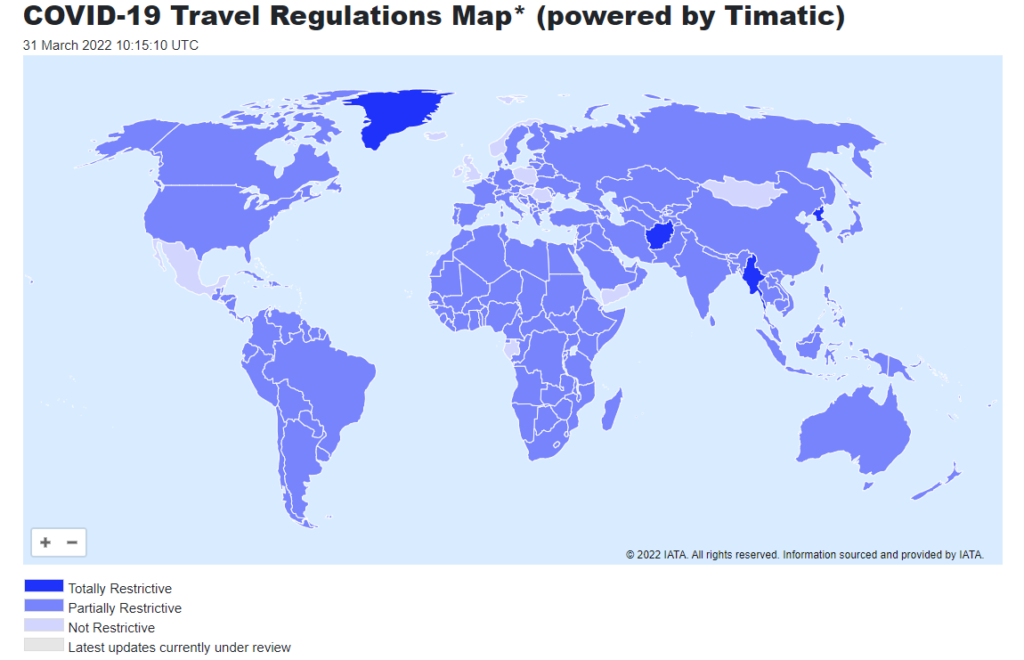
PANDEMIC
Did the Pandemic Create Positive or Opportunities?
- As earlier discussed, the Air Freight segment stood resilient even during the pandemic & even recorded growth.
- The main reason was to stop-gap the passenger airline belly capacity that was lost due to the grounding of airline fleets.
- The pandemic resulted in an explosion of e-commerce; e-commerce distributors required effective solutions to get goods from factories to their warehouses – thus the boom in freight.
- The below figures suggest, that not only Cargo Airlines stand resilient & record less “deaths” during or post-pandemic, but even recorded “new Births”

RUSSIA AND UKRAINE CRISIS
Airline Resurgence Faces More Barriers
- Just as the industry was eyeing a resurgence post 02 years of disruptions due to COVID-19; the Russian/Ukraine war has created further uncertainties & negative impact on the industry.
- Ukrainian & Moldavian Airspace is closed; impacting nearly 01% of the global traffic.
- Russian Airspace is closed for airlines from over 40 countries, those 40 US/EU and other countries have closed their airspace to Russian operators.
- Due to the conflict & Russia being one of the world’s biggest Petroleum producers and exporters, sanctions placed on Russian energy entities have sent Jet Fuel rates sky-high, reaching USD 157 per barrel on 09th March 2022. Jet Fuel prices in March’22 are trading at approx. 25% higher than February’22.
- There has also been a major increase in premiums paid for imported jet fuel parcels due to economic impacts created by the conflict; this is expected to significantly increase jet fuel costs in markets reliant on imported products.
CONCLUSION
- COVID-19 is an unprecedented event in modern times, and although it is hard to accurately predict the exact nature of the industry’s resurgence; it is clear, the resurgent industry would be different to the pre-pandemic industry.
- Airlines have shown tremendous resilience and creativity in surviving the worst of the pandemic.
- As the case with the economic theory of perfect competition or Darwin’s theory of Evolution; we can expect stronger, creative and dynamic airlines to come out strong at the expense of relatively weaker ones.
Presented by:
Priyantha Brito
Executive Director – Fuel & Special Projects
Aviation Services Management (ASM)
For further information, please contact:
Aviation Services Management FZE
Suite 217, 8WB, DAFZA, Dubai, UAE
Tel: +971 4 4097755
Email: sales@asm.aero
Contact Us



